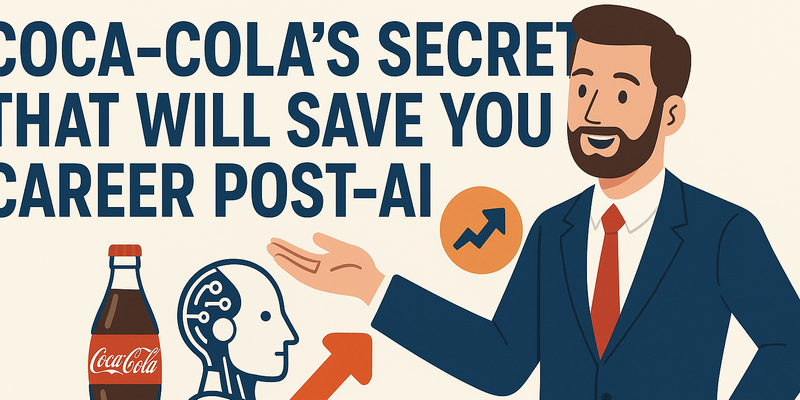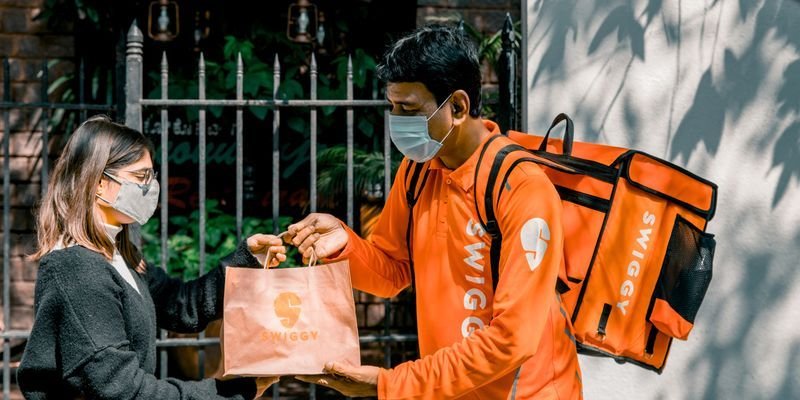

Coke’s four moats
- Brand (Meaning in the Mind): A brand is not a logo; it’s a promise of a consistent experience. Coke has delivered it for decades, which is why it stays in the global Top-10 while many famous names have fallen off. Your equivalent: a public track record that makes your outputs feel reliable, even before people read the proposal or run the code.
- Trust (Risk Transfer): When reputations are at stake, buyers default to trusted names. Coke’s scale means problems are costly—so consumers believe it’s safe. Your equivalent: clear proof-of-work—open-sourced projects, published case studies, and third-party references that reduce perceived risk.
- Distribution (Be Everywhere): Coca-Cola doesn’t ship water around the world. It ships concentrate to local bottlers, who mix, bottle, and distribute. That system is why Coke is in the tiniest kirana and the biggest stadium. Your equivalent: show up where your demand lives—LinkedIn, GitHub, industry Slack communities, newsletters, and conference talks.
- Orchestration (The System, Not the Syrup): Coke’s genius is operational: coordinating recipes, packaging, partners, and promotions across countries and channels. Your equivalent: become the manager-of-agents—orchestrating AI tools and humans to deliver outcomes on time and at quality.
Your anti-commoditisation playbook (2025 Edition)
1) Move from “skill doer” to outcome owner
Generative AI will do a growing share of the atomic tasks. The premium shifts to who specifies, sequences, and signs off. In other words: management as a craft. Start thinking like a product manager who runs an orchestration layer—briefing an image model, validating copy with a second model, handing off to a human QA, then deploying. You’re the conductor; models are the sections of the orchestra. McKinsey estimates GenAI could add $2.6–$4.4 trillion in value annually—most of it unlocked by people who re-architect work, not just prompt once and pray.
How to execute this week
- Take one project and map the workflow: inputs → tools/agents → human checks → outputs → metrics.
- Define SLAs (quality, latency, cost) for each stage.
- Publish a short postmortem with numbers (cycle time cut 42%, error rate down 60%, cost −35%). That’s the beginning of your brand.
2) Build a personal brand like a product
Coke invests in brand assets because brand compresses sales cycles. Do the same:
- Signature POV: Publish one repeatable insight (e.g., “agentic analytics for SMBs”) and attach all content to it.
- Distribution Cadence: Weekly LinkedIn carousel → monthly deep-dive → quarterly talk. Consistency is king; virality is a bonus.
- Trust Objects: Public dashboards, reproducible repos, MLOps checklists. Make risk visible—and handled—before anyone asks.
Interbrand’s tables remind us: only two brands (Microsoft and Coca-Cola) have stayed in the Top 10 for decades. Durability beats novelty. Your content should aim for a durable signal, not fleeting clicks.
3) Become a manager of humans + agents
Think “design agent + copy agent + retrieval agent + human reviewer,” all coordinated by you. 2025’s trendlines—agentic workflows and tool-to-tool handoffs—reward professionals who can compose systems, not just query them. The role appears suspiciously similar to that of a manager. Only now, half your “team” never sleeps.
Starter kit
- Agent roster: Image (marketing), code (refactor), data (RAG summariser), QA (lint + test).
- Governance: Hallucination guardrails, test suites, prompt/version control, cost budgets.
- Metrics: Measure outcomes (conversion, resolution time, churn), not hours spent.
4) Build distribution before you need it
If a Coca-Cola strength is shelf presence, your equivalent is surface area: community relationships, niche newsletters, micro-influencers, friendly editors, partner marketplaces. Distribution neutralises algorithm luck.
Do this:
- Maintain a “50-call list” of people who can amplify or buy. Nurture it like an account-based marketer.
- Turn every delivered outcome into a case study tile: problem → approach → stack (tools + agents) → result → testimonial.
5) Price the system, not the syrup
Coke doesn’t price by grams of sugar; it prices the experience and reach. Likewise, stop quoting by tokens, prompts, or hours. Sell business outcomes—“We’ll lift lead-to-demo rate by 25% in 60 days”—and price with a value-share or milestone-based retainer. That’s how you escape the $20-a-month tool comparison.
A data reality check
- AI is mainstreaming: 65% of companies regularly use GenAI (2024). If you’re not using AI, you’re choosing to be the pricier, slower option.
- Value is shifting to orchestration: Analyst frameworks (Hype Cycle) point to agentic systems maturing; the premium accrues to composers.
- Brand still compounds: Coca-Cola remains a Top-10 global brand with ~$61.2B brand value and a market cap of $282B. That’s the ROI of moats.
- Price ≠ cost: A 300 ml can at ~₹40 shows how distribution + trust decouple price from ingredients—your signal to stop pricing by effort.
- System > ingredient: Coke’s concentrate-to-bottler model is operational orchestration at scale—the exact skill AI can’t fully replace.
.thumbnailWrapper{
width:6.62rem !important;
}
.alsoReadTitleImage{
min-width: 81px !important;
min-height: 81px !important;
}
.alsoReadMainTitleText{
font-size: 14px !important;
line-height: 20px !important;
}
.alsoReadHeadText{
font-size: 24px !important;
line-height: 20px !important;
}
}

Put it together: The “COKE” career framework
- C — Craft a Signature Outcome: Pick one business metric you habitually improve (activation rate, MTTR, CAC/LTV). Ship proof.
- O — Orchestrate Agents + Humans: Design workflows where AI does 60–80% of the heavy lifting and you guarantee the result.
- K — Keep Distribution Warm: Show up—weekly—where your buyers are. Grow a warm list of 50 amplifiers and 10 paying champions.
- E — Establish Brand & Trust: Publish playbooks, benchmarks, and postmortems. Add testimonials. Make risk management visible.
If you do this, you’re no longer a “prompt engineer” competing with a $20 tool; you’re Coca-Cola in a world of generic colas.
Commoditisation is real—and accelerating with GenAI. But brand + trust + distribution + orchestration beat commoditisation every time. Coca-Cola doesn’t win because its syrup is magical; it wins because its system is. Build your system. Price outcomes. Become the manager-of-agents who turns AI into results on demand. In 2025-speak: be the moat, not the model.
Discover more from News Hub
Subscribe to get the latest posts sent to your email.






